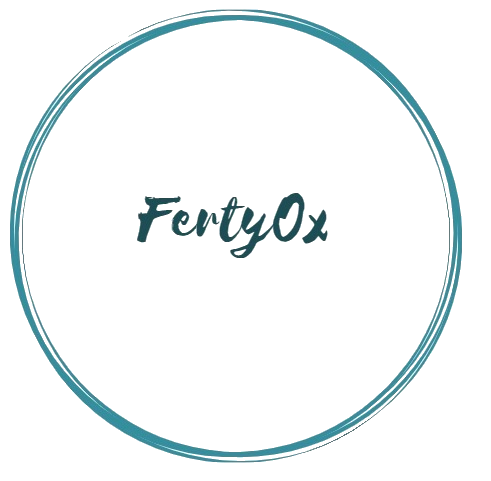Hyperbaric Oxygen in “poor ovarian responders”
Abstract
Background:
Hyperbaric oxygen (HBO) therapy is a treatment in which the patient is exposed to very high arterial and tissue oxygen pressure, during multiple sessions. It has been used as primary or adjunctive therapy for a variety of medical disorders. There are few studies focused on the effects of HBO treatment as an adjuvant for poor ovarian responders on assisted reproduction technology treatment.
Aim:
To evaluate the efficacy of hyperbaric oxygen therapy in the treatment of poor ovarian responders on assisted reproduction technology treatment.
Design, Settings and Patients:
Prospective cohort study. We propose the inclusion of 40 poor ovarian responder women on assisted fertilization program. The patients will be prospectively randomized into two groups based on the ovarian stimulation regimen used:
group A (study group) (n=20) will be submitted to hyperbaric oxygen therapy for the first 7 days of stimulation with recombinant follicle stimulating hormone (rFSH) in a gonadotropin-releasing hormone antagonist protocol, and group B (control group) (n=20) will receive only a daily injection of rFSH in a gonadotropin-releasing hormone antagonist protocol.
We will analyze the stimulation outcome, the number of retrieved oocytes, cleaving embryos, and pregnancy and implantation rates as well.
Introduction
The ovarian stimulation is a pre-requisite procedure in assisted fertilization technologies. The recruitment of a sufficient number of growing follicles following ovarian stimulation increases the oocyte yield and subsequently the success rate after in vitro fertilization (IVF) treatment.
However, some women exhibit a scarce ovarian response following controlled ovarian stimulation, and this phenomenon is mainly observed in the so-called “poor responder” patients.
Poor ovarian response (POR) to gonadotropins affects ~9%–24% of IVF patients, and many other causes could be involved, such as woman’s age, endometriosis, genetic disorders, ovarian surgery, or even iatrogenic factors.
The poor responder patients were established and published the so-called “Bologna Criteria”, which include: 1) advanced women’s age (>40 years) or any other risk factor for POR; 2) recovering a few number of oocytes (<3 oocytes) following previous ovarian stimulation; and 3) abnormal ovarian reserve test (antral follicle count 5–7 or anti-Mullerian hormone 0.5–1.1 ng/mL).
However, it has been established that the presence of two of these criteria after maximal stimulation are sufficient to define a patient as poor responder.
Ovarian Stimulation Regimens
Several ovarian stimulation regimens have been used to treat poor responder women, but the results achieved are still controversial. These protocols include: varying the dose of gonadotropins or the day of menstrual cycle to initiate the stimulation.
High dose of gonadotropins in a gonadotropin-releasing hormone (GnRH) long protocol, administration of GnRH and gonadotropins together in the follicular phase (flare-up protocol), pre-cycle estrogen treatment, growth hormone co-treatment, gonadotropin suppression with oral contraception before IVF cycle, using clomiphene citrate for stimulation or clomiphene citrate with human menopausal gonadotropin in an antagonist GnRH protocol, and non-stimulated (nature cycle) IVF treatment.
All these stimulation regimens have been used with a limited success, and adequate number and quality of retrieved oocytes in poor responder women still remain the most challenging items in assisted reproductive technologies.(4)
Hyperbaric Oxygen Therapy
Hyperbaric oxygen (HBO) therapy involves breathing 100% oxygen under increased atmospheric pressure. This results in a high oxygen partial pressure in systemic organs and improved tissue oxygen tension.
Providing 100% oxygen at two to three times the atmospheric pressure at sea level—can result in tissue oxygen tensions of 15 times that seen under normal physiologic conditions.
High tissue levels of oxygen induced by HBO treatments stimulate angiogenesis in poorly vascularized tissues, and HBO is commonly used for treatment of poorly healing wounds, particularly in previously irradiated tissues or in diabetic patients. The mechanism of increased angiogenesis appears to be both by supplying needed oxygen and by the stimulation of production and release of cytokines, including Vascular endothelial growth factor (VEGF). Studies have shown that HBO-induced hyperoxia significantly increases levels of VEGF in wounds. It appears that VEGF is stimulated by both hypoxia as well as by hyperoxia induced by HBO therapy.
Angiogenesis is critical to follicular development, oocyte quality, and early embryo development. Reduced oxygen delivery may also be a mechanism behind aneuploidy in the oocyte.
There are few studies focused on the effects of HBO treatment as an adjuvant for poor ovarian responders on assisted reproduction technology treatment. Pineda and colleagues, showed that hyperbaric oxygen sessions can increase serum AMH levels, with a significant increase of 116% in one case. This study did not demonstrate improvement in endometrial growth following hyperbaric oxygen sessions.
